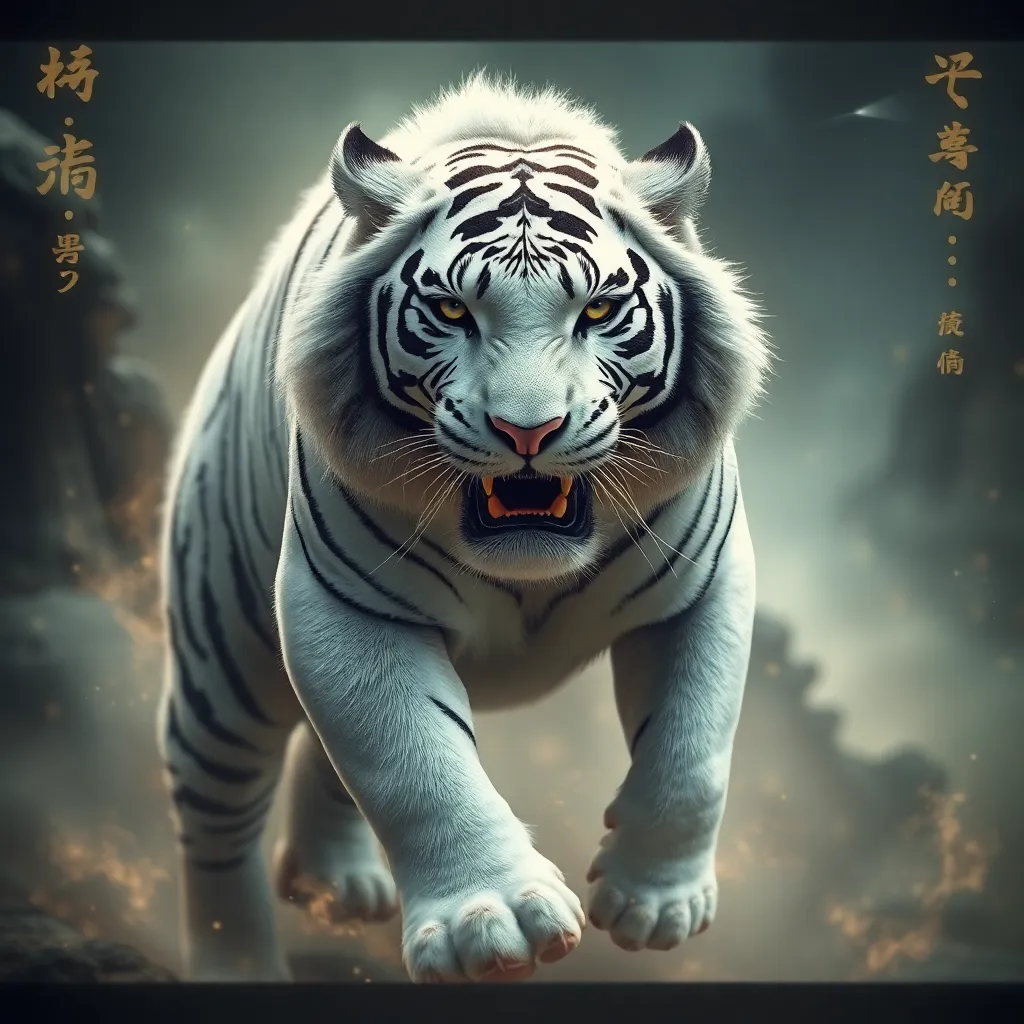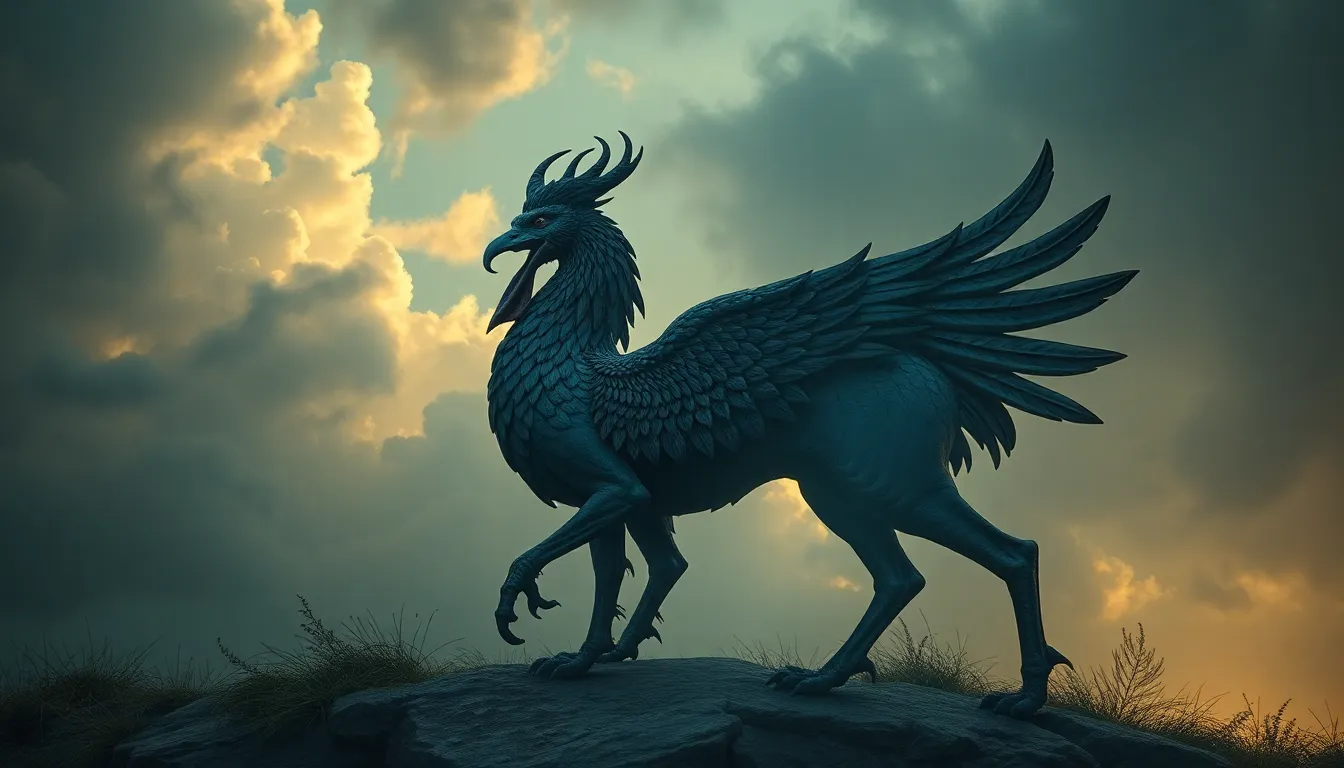The Legend of the Baizhi: Exploring the Spirit of the White Tiger
1. Introduction to the Baizhi
In Chinese culture, the term Baizhi (白纸) refers to a white paper, often symbolizing purity, potential, and the infinite possibilities of creation. This concept is deeply intertwined with various cultural practices and beliefs, particularly in traditional Chinese arts and rituals. One of the most significant figures associated with Baizhi is the White Tiger, a prominent creature in Chinese mythology.
The White Tiger, known as Bai Hu (白虎), is one of the Four Symbols in Chinese cosmology, representing the west and embodying the qualities of strength, bravery, and protection. This article aims to explore the legend of Baizhi, its connection to the White Tiger, and the broader implications of these symbols in Chinese culture.
2. Historical Context of the White Tiger in Chinese Culture
The origins of the White Tiger can be traced back to ancient Chinese lore, where it was revered as a guardian spirit. As one of the Four Symbols, which also includes the Azure Dragon, Vermilion Bird, and Black Tortoise, the White Tiger plays a pivotal role in the balance of the universe.
- Origins: The White Tiger is often linked to the ancient belief systems of the Shang and Zhou Dynasties, where it was associated with military strength and protection.
- Four Symbols: In the context of the Four Symbols, the White Tiger represents the western direction and the autumn season, embodying the qualities of metal and strength.
- Variations: Across different dynasties, the myth of the White Tiger has evolved, adapting to changing cultural and social contexts while retaining its core attributes.
3. The Legend of the Baizhi
The legend of the Baizhi intertwines with the narrative of the White Tiger, recounting tales of bravery, sacrifice, and the eternal struggle between good and evil. In the myth, the Baizhi is often portrayed as a mystical figure who embodies the spirit of the White Tiger.
Key characters in the legend include:
- Baizhi: The protagonist who harnesses the spirit of the White Tiger to protect the realm from dark forces.
- The Dark Spirit: The antagonist representing chaos and destruction, challenging the harmony of the world.
- The Ancestors: Spirits that guide Baizhi in her quest, symbolizing the wisdom of the past.
The moral derived from the story emphasizes the importance of bravery, unity, and the fight against oppression. It illustrates how the spirit of the White Tiger can inspire individuals to rise against adversity.
4. Symbolism of the White Tiger
The White Tiger is rich in symbolism, representing various concepts within Chinese philosophy and culture. Its attributes include:
- Strength and Bravery: The White Tiger is often seen as a protector, embodying the courage needed to confront challenges.
- Yin and Yang: In the duality of yin and yang, the White Tiger represents the yin aspect, often associated with the feminine, dark, and passive qualities.
- Feng Shui: In feng shui practices, the White Tiger is believed to bring protection and good fortune, often represented in home decor and talismans.
5. The Baizhi in Art and Literature
Throughout history, the Baizhi and White Tiger have been depicted in various forms of art and literature, reflecting the cultural values of the time. Traditional Chinese paintings often portray the White Tiger in dynamic poses, symbolizing its fierce nature.
- Traditional Paintings: Artists use vibrant colors and intricate details to capture the essence of the White Tiger, often depicting it alongside other symbols of strength.
- Literature: The Baizhi has been referenced in classical texts, as well as contemporary literature, where it serves as a metaphor for resilience and the human spirit.
- Cultural Reflection: These representations not only highlight the beauty of the White Tiger but also serve as a reminder of the values cherished in Chinese society.
6. Modern Interpretations and Influence
The legend of the Baizhi continues to resonate in modern media and popular culture. Adaptations of the White Tiger myth can be seen across various platforms:
- Films and Television: The White Tiger has been featured in numerous films and TV shows, often portrayed as a guardian figure.
- Literature: Contemporary authors have reimagined the Baizhi legend, exploring themes of identity and cultural heritage.
- Cultural Identity: The Baizhi serves as a symbol of pride for many, representing the enduring legacy of Chinese traditions in a global context.
7. Spiritual Significance of the White Tiger
The spiritual power of the White Tiger is deeply embedded in Chinese beliefs. Many view it as a guardian spirit that can provide protection and strength.
- Beliefs: The White Tiger is believed to ward off evil spirits and bring good fortune, often invoked in rituals and prayers.
- Rituals: Various practices exist to honor the spirit of the Baizhi, including offerings and ceremonies that seek its blessings.
- Anecdotes: Personal testimonies often highlight transformative experiences related to the White Tiger, showcasing its impact on individuals’ lives.
8. Conclusion: The Enduring Legacy of the Baizhi
The legend of the Baizhi, intertwined with the spirit of the White Tiger, reveals profound insights into Chinese culture and philosophy. Throughout this article, we explored its historical context, symbolism, and representation in art and media. The Baizhi serves as a powerful reminder of the importance of bravery and resilience in the face of adversity.
The enduring legacy of the Baizhi continues to inspire individuals and communities, emphasizing the value of preserving such myths in our modern world. As we celebrate these stories, we connect with our cultural heritage and the universal themes they encapsulate, fostering a deeper understanding of ourselves and each other.



